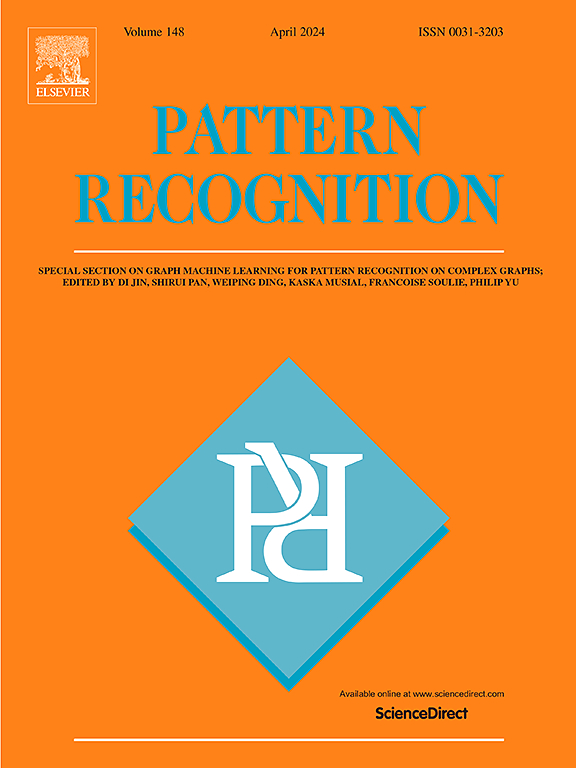UniHDSA: A unified relation prediction approach for hierarchical document structure analysis
IF 7.5
1区 计算机科学
Q1 COMPUTER SCIENCE, ARTIFICIAL INTELLIGENCE
引用次数: 0
Abstract
Document structure analysis, aka document layout analysis, is crucial for understanding both the physical layout and logical structure of documents, serving information retrieval, document summarization, knowledge extraction, etc. Hierarchical Document Structure Analysis (HDSA) specifically aims to restore the hierarchical structure of documents created using authoring software with hierarchical schemas. Previous research has primarily followed two approaches: one focuses on tackling specific subtasks of HDSA in isolation, such as table detection or reading order prediction, while the other adopts a unified framework that uses multiple branches or modules, each designed to address a distinct task. In this work, we propose a unified relation prediction approach for HDSA, called UniHDSA, which treats various HDSA sub-tasks as relation prediction problems and consolidates relation prediction labels into a unified label space. This allows a single relation prediction module to handle multiple tasks simultaneously, whether at a page-level or document-level structure analysis. By doing so, our approach significantly reduces the risk of cascading errors and enhances system’s efficiency, scalability, and adaptability. To validate the effectiveness of UniHDSA, we develop a multimodal end-to-end system based on Transformer architectures. Extensive experimental results demonstrate that our approach achieves state-of-the-art performance on a hierarchical document structure analysis benchmark, Comp-HRDoc, and competitive results on a large-scale document layout analysis dataset, DocLayNet, effectively illustrating the superiority of our method across all sub-tasks.
求助全文
约1分钟内获得全文
求助全文
来源期刊

Pattern Recognition
工程技术-工程:电子与电气
CiteScore
14.40
自引率
16.20%
发文量
683
审稿时长
5.6 months
期刊介绍:
The field of Pattern Recognition is both mature and rapidly evolving, playing a crucial role in various related fields such as computer vision, image processing, text analysis, and neural networks. It closely intersects with machine learning and is being applied in emerging areas like biometrics, bioinformatics, multimedia data analysis, and data science. The journal Pattern Recognition, established half a century ago during the early days of computer science, has since grown significantly in scope and influence.
 求助内容:
求助内容: 应助结果提醒方式:
应助结果提醒方式:


